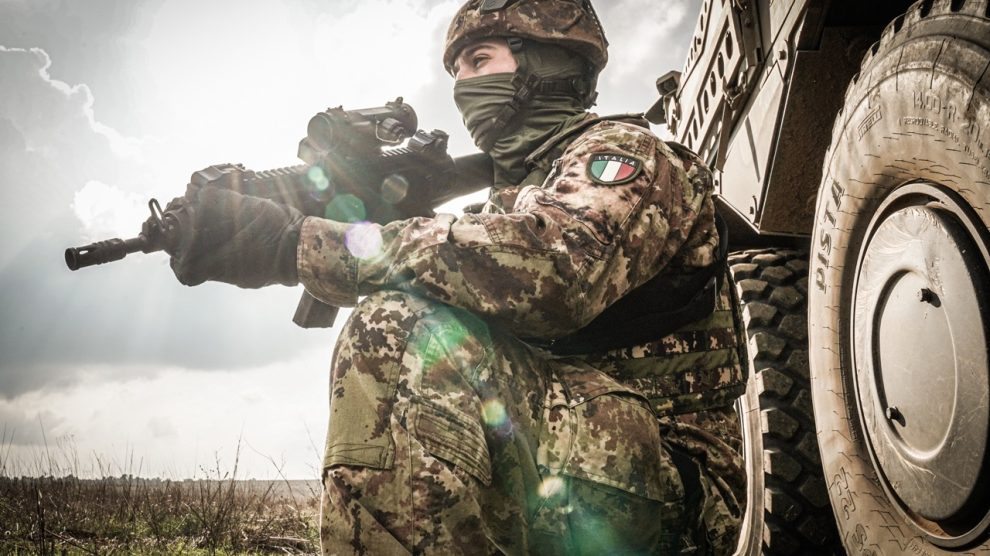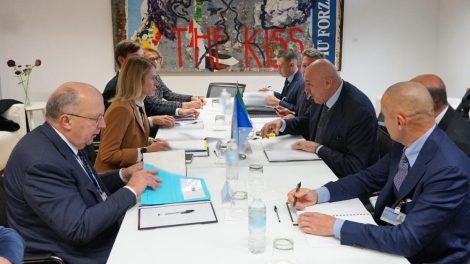The move. Italy has formally requested €14 billion in loans under the European Union’s SAFE fund, the Strategic Technologies for Europe Platform designed to support the defence industry.
- The decision, backed by Prime Minister Giorgia Meloni and finalised after a high-level meeting at Palazzo Chigi, signals Rome’s intent to modernise its military and fulfil NATO commitments, while reducing pressure on the domestic budget.
Why it matters. SAFE is the most actionable component of the EU Commission’s ReArm Europe plan. It allows member states to invest in critical defence capabilities — such as joint procurement, industrial innovation, and R&D — via long-term, low-interest EU-backed loans starting in 2035 and repayable over 45 years.
- This mechanism aims to reinforce European strategic autonomy amid growing geopolitical uncertainty.
Strategic convergence. Though Italy’s political climate remains polarised, the government’s move has found measured support within the minority Democratic Party (PD) — a rare instance of strategic alignment across the aisle. The backing comes notably from the party’s pro-NATO and Atlanticist wing.
- “I expect the government to inform Parliament and the public about how it intends to invest these resources,” said Lorenzo Guerini, PD lawmaker, former defence minister and current chair of the parliamentary intelligence oversight committee (Copasir). “That’s the responsible way to move beyond propaganda and ambiguity.”
- His colleague Roberta Pinotti, also a former defence minister and recently appointed President of the National Underwater Dimension Hub (PNS), echoed that view: “This is a meaningful choice. It should aim to reinforce a common European defence.”
The bigger picture. Rome’s decision comes as Italy works to approach the 2% GDP defence spending target under NATO and amid debate within the government coalition over the advisability of new debt. Initial hesitation—especially from Economy Minister Giancarlo Giorgetti—gave way to a strategic calculus: using EU-backed loans to strengthen defence while preserving fiscal headroom.
Political fault lines. Support from figures like Guerini and Pinotti reveals a pragmatic flank within the Parliamentary minority willing to prioritise long-term security over short-term political positioning.
- Meanwhile, populist parties like the Five Star Movement attacked the move as a pretext to “indebt the country to buy weapons”—a familiar line tied to post-ESM pacifist and anti-austerity narratives.
Pinotti countered: “If public health remains underfunded post-COVID, why not reconsider the ESM? It’s time to overcome ideological taboos.”
What it signals. Italy’s request marks a strategic turning point in the national debate on defence, showing that a shared security agenda can still generate cross-party consensus.
- As Europe braces for greater responsibility in its defence, Rome positions itself at the forefront—this time, with quieter but significant signals of consensus, perhaps the most strategic currency in today’s fragmented Europe.





